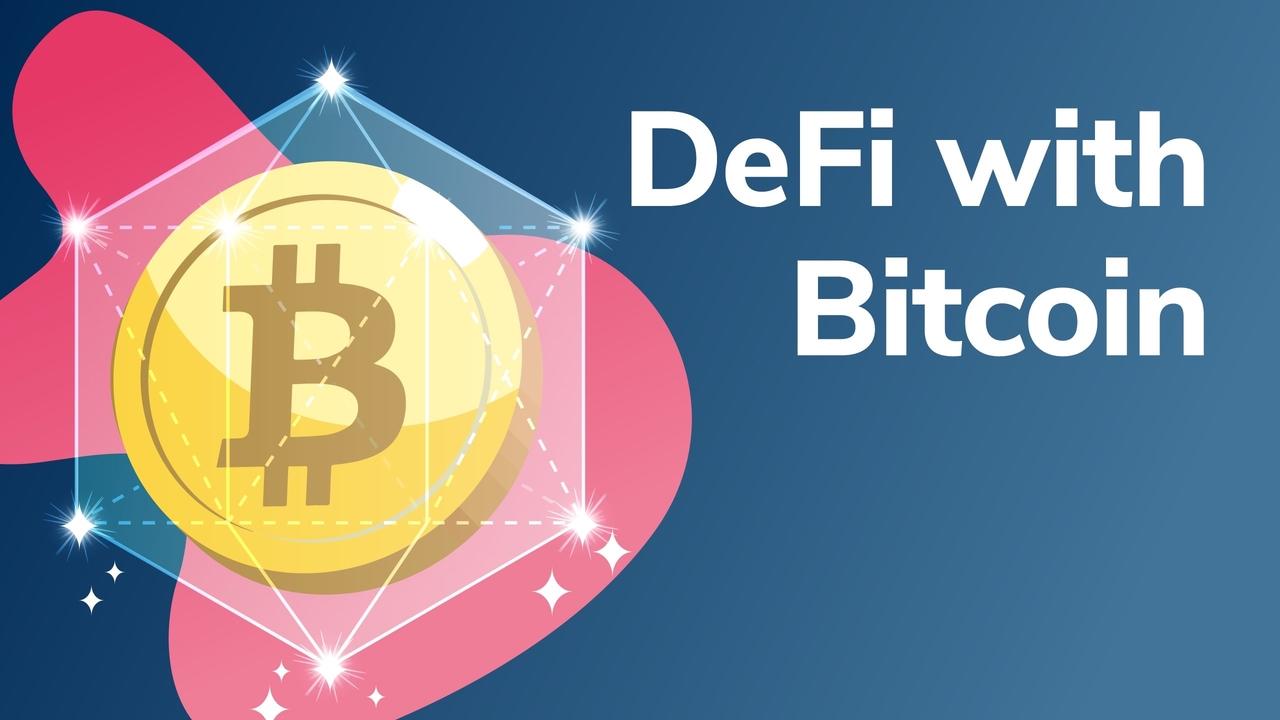
Anyone familiar with the cryptocurrency industry will know that the Decentralized Finance (DeFi) field is growing at a tremendous rate. In fact, during 2020, DeFi was one of the single hottest trends in the crypto world. DeFi is revolutionizing the financial industry, and it is all possible due to blockchain technology. The dominant platform when it comes to DeFi has always been Ethereum – however, there is no guarantee that Ethereum-based DeFi solutions and dApps will keep dominating this field.
One of the major drawbacks of Bitcoin is often cited as being the lack of native support for smart contracts, and more functionality than merely just smooth transfer of wealth. With that said, though, there are some workarounds to allow for Bitcoin-based DeFi solutions and dApps. In this article, we are going to explore how Bitcoin DeFi can develop and how it is possible to build smart contracts utilizing the Bitcoin blockchain.
With that said, however, you should first aim to get a firm grasp of the traditional DeFi sector. As you may already know, Ivan on Tech Academy is the best online educational platform for getting an in-depth education regarding all things DeFi, as well as cryptocurrency and blockchain-related. Join over 30,000 students who are already enrolled in Ivan on Tech Academy in exploring DeFi, or any of the other countless cryptocurrency courses available!
What is Decentralized Finance?
To understand why DeFi is an important opportunity and development for Bitcoin, we must first understand what DeFi is. The first clue to what DeFi is can be found in the first part of the name “decentralized finance” itself – namely “decentralized”.

One of the most important and revolutionizing aspects about DeFi is that it is an umbrella term for financial solutions that are decentralized, and this means that there is no central authority in control. No central authority or entity brings a lot of advantages, but we will elaborate on that later.
Blockchain and smart contracts make DeFi possible since self-executing code replaces the central authority. In combination with this, the development of blockchain technology allows for a peer-to-peer (P2P) system. This means that the system or network consists of nodes that can share the workload. Since there is no central authority, it also means that everyone in the network has the same rights and are operating on the same terms.
What are the Advantages of DeFi?
There are several different advantages that DeFi brings, and the first one is that it cuts out the middleman. In traditional finance, the middleman has the function to ensure that transactions and contracts are created and enforced in a fair manner, meaning that they are intermediaries. Some examples of these intermediaries are insurance companies and banks. The banks, for example, can then charge a fee for these services, a cost that can be reduced in DeFi.
Since code takes over the middleman’s role, there are no costs for personnel or employees that need to make sure that the terms of the agreement are met. Instead, the code takes care of all this meaning that this cost can be eliminated.
Saving costs by cutting out the intermediaries is just one of the reasons that DeFi is growing at a rapid rate. Another reason is that it can serve a bigger market since it is completely virtual. Around 25% of the world is unbanked meaning that a quarter of the world is not even involved in the financial industry. This is a vast gap that DeFi can help to bridge.

Not only does this provide a great opportunity for the companies involved in DeFi, but it will also provide the unbanked with the chance to have the same tools as the rest of the world. Since the unbanked are without a bank, they can not, for example, invest or transfer money which are essential functions for growing one’s wealth.
And lastly, DeFi is safer than traditional financial systems in that they are more secure. Decentralizing the system means there is not a single point of failure. This means that these systems are less prone to hacks since the information is stored in different locations.
Is Bitcoin DeFi Necessary?
Bitcoin is, without a doubt, the most well-known cryptocurrency in the world but the primary function of Bitcoin is its ability to be a store of value. However, major DeFi interoperability could be the next step for propelling Bitcoin’s functionality even further. The recent 2020 Bitcoin bull run and Bitcoin’s all-time high has shown that there is a huge appetite for the premier crypto.
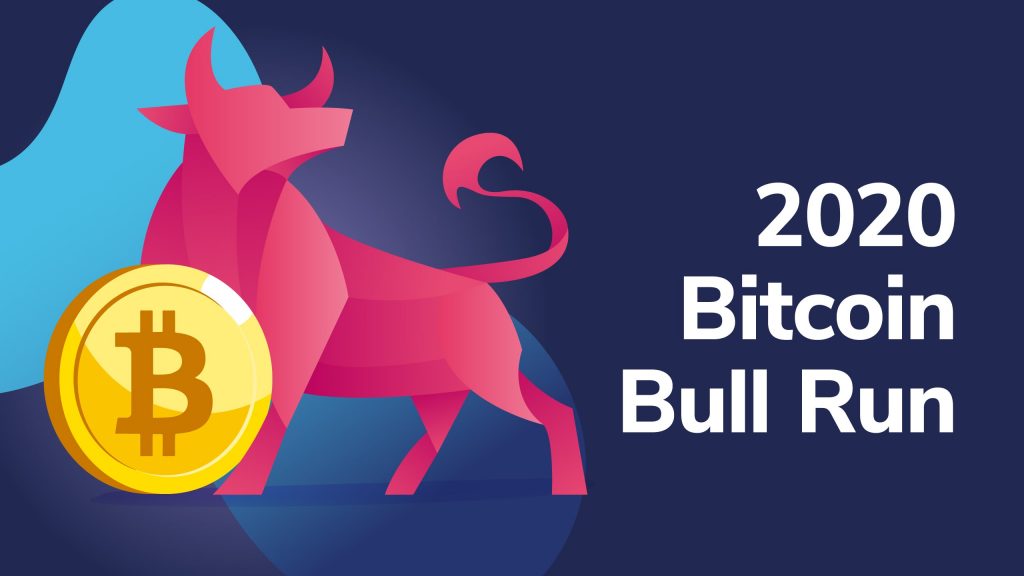
Furthermore, DeFi functionality on the Bitcoin blockchain could bring in even more users to the network, which means that the Bitcoin system would grow even larger and more significant.
Another reason that Bitcoin DeFi might be a necessity are combusted smart contract platforms. Since a vast amount of developers are using Ethereum as the DeFi development platform, the network is experiencing some difficulties. The platform can not cope with the usage, meaning that the demand for DeFi exceeds the ability to supply. This is another reason that new alternatives, such as Bitcoin DeFi, need to develop. Without this development, the industry would suffer some of the consequences of combusted networks.
How does Bitcoin DeFi Work?
There are two different ways in which you can use Bitcoin and DeFi together. The first method is a wrapped version of Bitcoin in another chain. The second method is to build smart contracts on the Bitcoin blockchain.
Wrapped Bitcoin
Wrapped Bitcoin (WBCT) is a new concept that brings Bitcoin to the Ethereum blockchain. WBTC also helps bring liquidity to DeFi protocols, which is something that is crucial. WBCT functions in the same way as a stablecoin, only that the price of Bitcoin is quite unstable. The tokens are ERC-20 tokens that are connected to Bitcoin on a 1:1 basis.
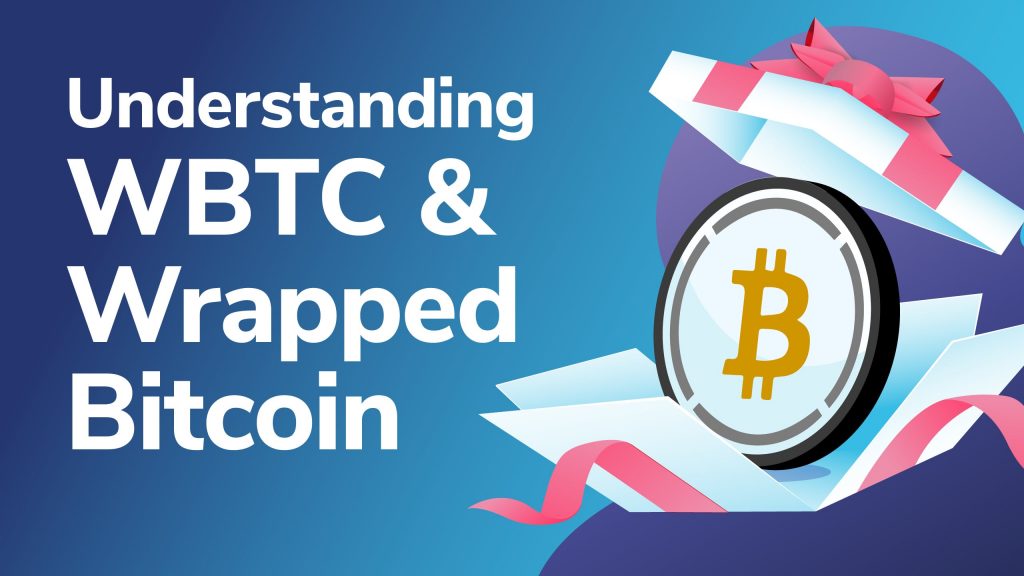
Once a Bitcoin (or a portion of a Bitcoin) is “wrapped” it is held as a reserve by a trust called BitGo Trust. The trust holds the Bitcoin, and to achieve a higher degree of transparency, the number of WBTC in circulation is public.
In the short history of cryptocurrencies, the Ethereum platform has dominated the smart contract scene, meaning that Bitcoin owners’ hands have been tied. However, wrapping Bitcoin allows the coin owners to discover other blockchains and systems. Since most of the development of DeFi occurs on the Ethereum platform, it can be problematic for the Bitcoin owners. Now that the wrapped option exists, they can utilize other chains’ functionalities and without having to sell their Bitcoin assets.
Several different DeFi projects accept WBTC as collateral, some of which are: MakerDAO, Compound, and Dharma.
Programming on Bitcoin
One of the drawbacks of Bitcoin is that there are limitations to the programming that can occur on the chain. This limitation was intentional by the creator Satoshi Nakamoto to keep Bitcoin a payment-only protocol. However, since the founding of Bitcoin, a lot has happened and there has been a development of new inventions to solve this problem. One of the solutions is the Rootstock (RSK) protocol that can help bring Ethereum smart contract functionality to the Bitcoin blockchain.
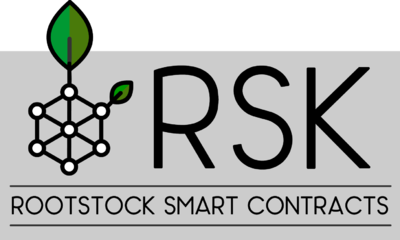
RSK is a smart contract platform that allows users to program smart contracts using Solidity. This means that RSK will enable users to utilize smart contract programming functionality in Solidity and the Bitcoin system’s security. Taking advantage of the best of both worlds is possible due to a technology known as a sidechain.
Not only does RSK allow for greater functionality on the Bitcoin platform, but it is also a contributor to solving the problem of congested smart contract platforms. Since the platforms are overcrowded, the prices also increase by a lot. For example, the Ethereum gas price has risen vastly over the last year. So, avoiding the high price of gas on the Ethereum platform is also possible since the prices offered by RSK are far lower.
Bitcoin DeFi – RSK Projects
There are several different projects or protocols that have come as a result of the opportunities provided by RSK. The projects range everywhere from decentralized exchanges (DEX) to stablecoins. Therefore, we are going to go through some of the most popular projects that have been utilizing RSK as a solution.
Stablecoins and Tokens — MOC and RIF
RIF and Money on Chain (MoC) have collaborated to create a Bitcoin collateralized stablecoin. This project is the worlds’ first collateralized stablecoin for Bitcoin that can also provide free passive income for Bitcoin owners.

The projects consist of three different parts; a derivative financial instrument along with two different tokens. The first token is “Dollar on Chain” (DOC), and it is pegged to the USD. DOC exists in order to lessen the risk during a financial process. This is due to the fact that the owner can avoid some of the volatility risks that Bitcoins have.
BitPRO (BPRO) is the second token, and this is how Bitcoin holders can achieve and collect passive income from their coins. Holding BPRO means that the holder will be rewarded with a percentage of the fees collected from the platform and earn interest rates.
Decentralized Token Exchange
Along with the stablecoin mentioned above, MOC has also created a decentralized token exchange. The name of the exchange is TEX, and it is an exchange on RKS sidechain. The protocol enables a transparent and fair way to trade tokens on a secondary market.
RSK Swap
This project is a fork of the most used decentralized exchange on the Ethereum network — the Uniswap V2 Protocol. The idea behind RsKSwap is to enable and encourage developers, traders and liquidity suppliers to be part of an open financial market.
The project works so that the user simply inputs tokens and then receives an output-amount calculated by the protocol. If they decide to accept the trade, it will occur immediately with a button click. All that is needed for the transaction to take place is enough WBTC to cover the transaction costs, a wallet and the decentralized application (dApp) itself.

The protocol relies on mathematical formulas that calculate and set different token prices. This is what provides the user with the ability to trade ERC-20 and then instantly charge a 0.3% transaction fee.
Much like most DeFi protocols, there are several advantages to the project. Some of the most important ones are that there is no central power with central control and that the system is secure and permissionless.
Lending and Borrowing — Sovryn
Sovryn is a smart contract that is permissionless and based on the RSK sidechain. This protocol is designed to allow for Bitcoin lending, marginal trading, and borrowing. Since the system is built on the RSK sidechain, they promise the Bitcoin network’s security in combination with the functionality of Ethereum’s Solidity language.
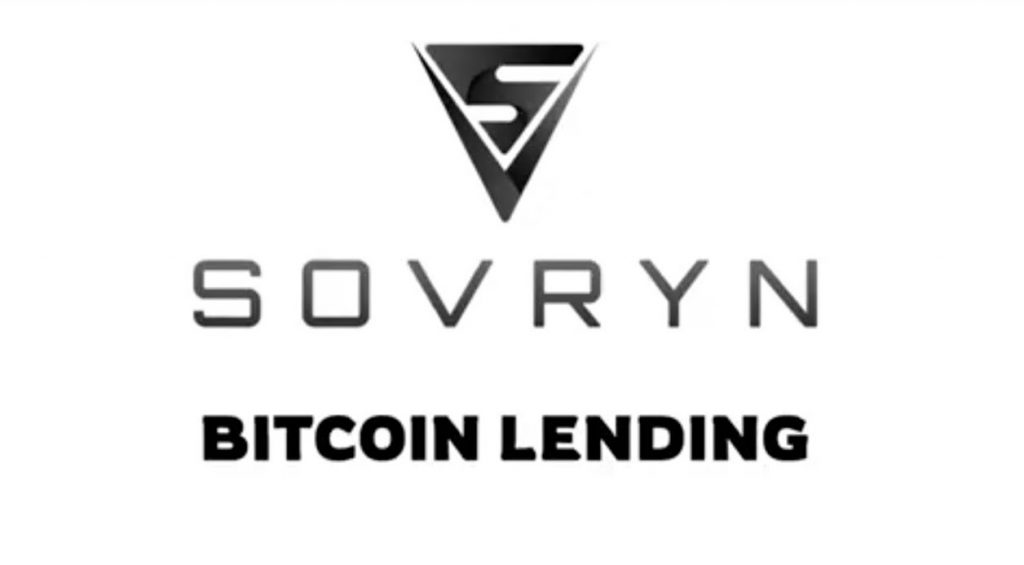
To start using this platform, all that you need is a Web3 wallet that is compatible with the RSK sidechain, an example of this is Metamask. Then you as a user need to engage the wallet on the Sovryn platform. And lastly, you will need to have Bitcoin and transfer them to the Layer 2 network.
The fees that the protocol collects and provides to the liquidity providers are dynamic, which means the supply and demand decide them. However, there is an origination fee applied to every loan that is set at 0.09%.
Wallets — Defiant
Lastly, we have an example of a wallet developed using the RSK smart contract platform, and that is Defiant. Defiant is, along with a wallet, also the first mobile P2P marketplace for stablecoins. They offer a solution that allows for transactions between Bitcoins, Ethereums, and RSKs ecosystems.

They describe their services as the opportunity to manage finance in a decentralized way without dealing with any institutions. Even Defiant themselves do not have access to your crypto assets.
Bitcoin DeFi Conclusions
With the rapid rate that DeFi is growing at the right step for Bitcoin is to adapt to the situation. Not only will Bitcoin grow from this, but the industry as a whole will also draw benefits. With its presence, Bitcoin can shine further light on the decentralized finance industry and ensure even further growth.
Bitcoin and the RSK with the sidechain technology is also a great solution to the problems with congested networks that, for example, Ethereum are experiencing as of now. This means that both Bitcoin and DeFi need each other, making this integration or marriage favorable for both sides.
There are currently several different Bitcoin DeFi projects, and many of them are utilizing RSK as a solution. However, the number of projects or protocols utilizing Bitcoin is dwarfed compared to what the Ethereum network has accomplished. But this might change in the near future as the development of Bitcoin and RSK are moving in the right direction.
If you are interested in Bitcoin DeFi or the world of crypto, feel free to tune in to the number one blockchain education platform Ivan on Tech Academy. The platform offers many blockchain courses for both beginners and more experienced developers. So, if you are interested in learning more about DeFi, Bitcoin and blockchain, sign up and start your learning process today!
